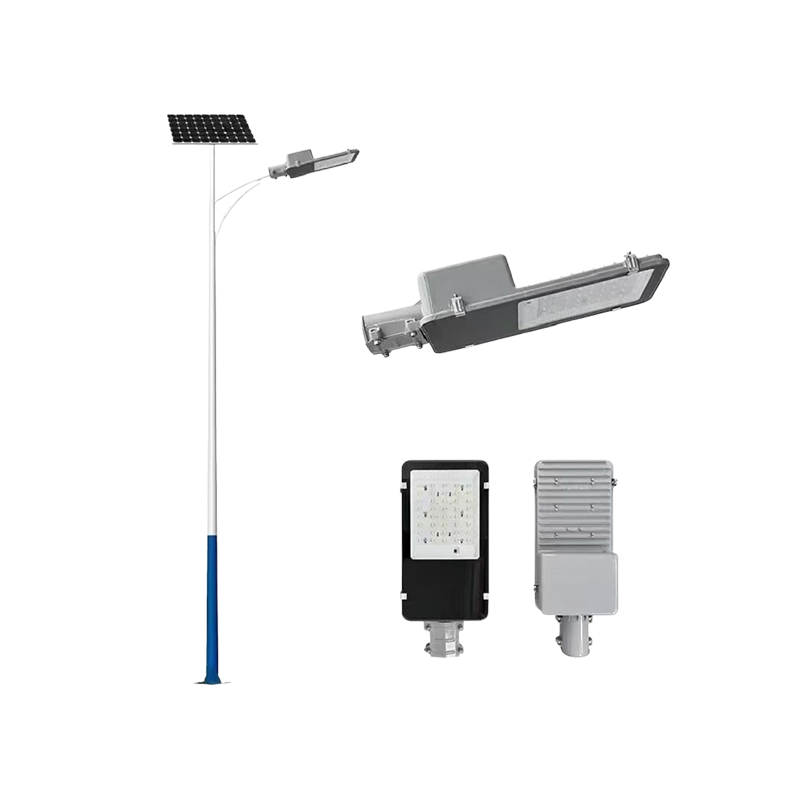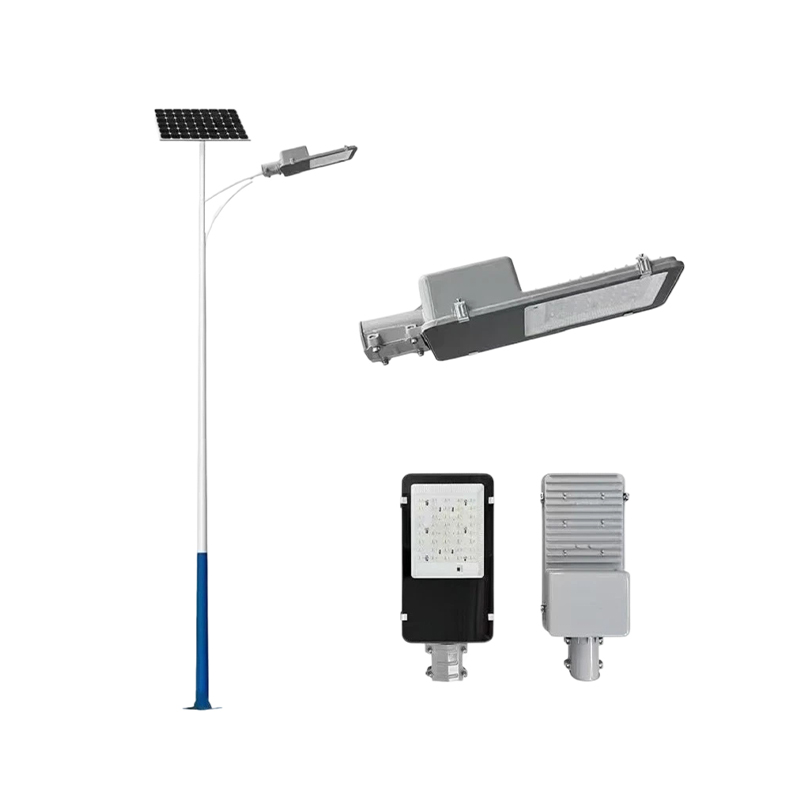What are the specific conveniences of low maintenance costs for solar street lights?
Release Time : 2025-11-17
With the rapid development of green energy technologies and the improvement of urban infrastructure intelligence, solar street lights are being widely used in urban roads, rural paths, parks, industrial parks, and remote areas without electricity due to their advantages such as cleanliness, energy saving, and independent power supply. Compared to traditional municipal street lights, one of the most prominent advantages of solar street lights is their significantly reduced maintenance costs. This low cost is not accidental, but stems from the multi-dimensional convenience brought about by their system structure, operating mechanism, and technical characteristics.
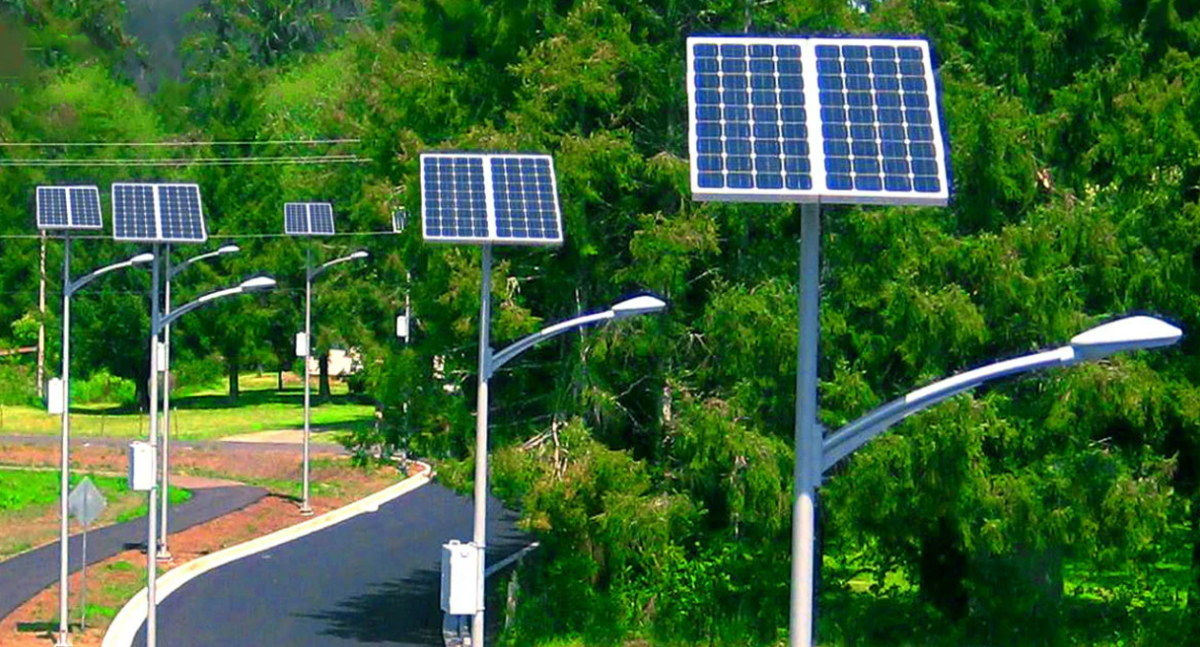
1. No need for grid connection, eliminating the need for cable and power distribution facility maintenance
Traditional municipal street lights rely on the municipal power grid for power, requiring the laying of underground or overhead cables, along with transformers, distribution boxes, meters, and other facilities. These infrastructures not only have high initial investment but also face long-term risks such as aging, short circuits, rodent damage, and construction damage, requiring regular inspection, repair, and even replacement. Especially in rainy seasons or areas prone to geological disasters, cable failure rates increase significantly, making maintenance work heavy and costly.
Solar street lights utilize an off-grid, independent power supply mode, with each light forming a self-contained micro-generation-storage-lighting system, completely eliminating the need for external cable connections. This means that from the day of installation, all grid-related maintenance needs are completely avoided—no worries about cable repairs or power distribution equipment failures, significantly reducing maintenance manpower and material costs.
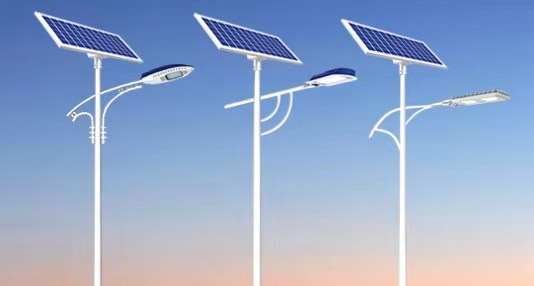
2. Long LED lifespan, reducing lamp replacement frequency
Solar street lights generally use high-efficiency LEDs as their light source, with a theoretical lifespan exceeding 50,000 hours. In contrast, traditional high-pressure sodium lamps or metal halide lamps typically have a lifespan of only 8,000–15,000 hours, requiring replacement every 2–3 years. Frequent high-altitude work not only increases labor costs but also introduces safety risks.
LED light sources not only have a long lifespan but also exhibit slow light decay, rapid start-up, and strong shock resistance, requiring almost no intervention during long-term use. Many solar street light projects require no replacement of any lighting components for 5–8 years after deployment, truly achieving "one-time installation, long-term maintenance-free."
3. Intelligent Control System for Automated Operation, Reducing the Need for Manual Intervention
Solar street lights generally integrate intelligent controllers, featuring light control, time control, power adjustment, and fault self-diagnosis functions. The system can automatically switch lights on and off according to ambient light, supports time-based dimming, and automatically enters energy-saving mode when battery power is low, ensuring uninterrupted basic lighting.
More importantly, some high-end products support remote monitoring and management. Through wireless communication modules, maintenance personnel can view the working status of each light, battery voltage, photovoltaic charging efficiency, and other data in real time at the control center. In case of an anomaly, the system will automatically alarm and locate the fault point, avoiding blind inspections, greatly improving maintenance efficiency, and reducing wasted manpower.
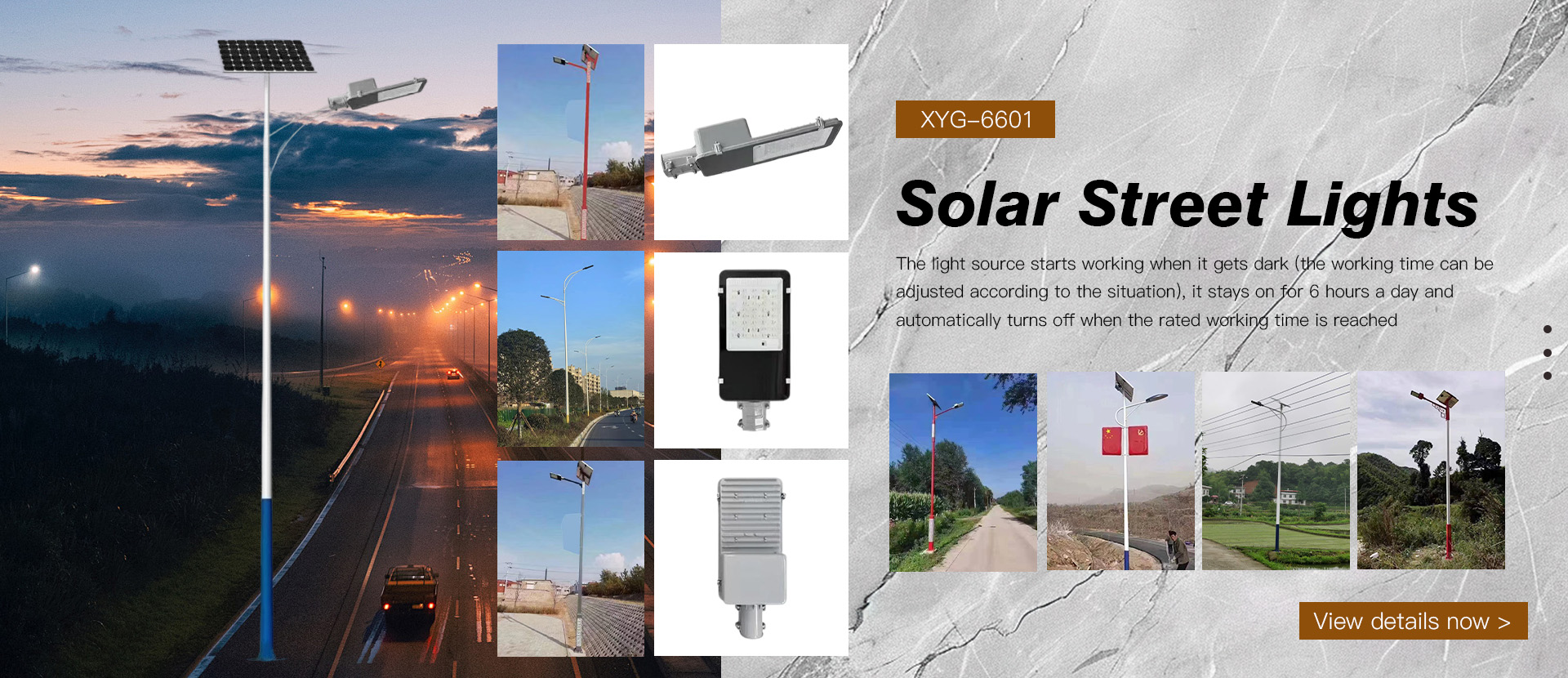
4. High Reliability of Energy Storage System, Significantly Extended Maintenance Cycle
Early solar street lights mostly used lead-acid batteries, which had problems such as short lifespan, poor low-temperature performance, and the need for regular water replenishment. Today, mainstream products have been fully upgraded to lithium iron phosphate batteries, with a cycle life exceeding 2000 cycles, and excellent high and low temperature adaptability, maintenance-free characteristics, and high safety.
Lithium iron phosphate batteries feature a sealed design, requiring no liquid addition or equalization maintenance, and can operate stably even in environments ranging from -20°C to +60°C. This means that in most cases throughout the entire lifespan of the streetlight, the battery does not need to be replaced, fundamentally eliminating the high-frequency maintenance burden of traditional energy storage systems.
5. Modular design facilitates rapid replacement and upgrades.
solar street Solar Street Lights generally employ a modular design: photovoltaic panels, battery compartments, LED modules, and controllers are each independently packaged with standardized interfaces. If a component fails, maintenance personnel do not need to disassemble the entire light fixture; they only need to replace the corresponding module, making the operation simple, time-efficient, and requiring minimal tools.
For example, if the LED light source is damaged, the module can be replaced simply by unscrewing a few screws; if the controller fails, the plug-and-play wiring design allows the replacement process to be completed within 10 minutes. This "plug-and-play" maintenance method significantly shortens fault repair time and reduces reliance on specialized technicians, making it particularly suitable for promotion and application in rural or remote areas with limited manpower.


1. No need for grid connection, eliminating the need for cable and power distribution facility maintenance
Traditional municipal street lights rely on the municipal power grid for power, requiring the laying of underground or overhead cables, along with transformers, distribution boxes, meters, and other facilities. These infrastructures not only have high initial investment but also face long-term risks such as aging, short circuits, rodent damage, and construction damage, requiring regular inspection, repair, and even replacement. Especially in rainy seasons or areas prone to geological disasters, cable failure rates increase significantly, making maintenance work heavy and costly.
Solar street lights utilize an off-grid, independent power supply mode, with each light forming a self-contained micro-generation-storage-lighting system, completely eliminating the need for external cable connections. This means that from the day of installation, all grid-related maintenance needs are completely avoided—no worries about cable repairs or power distribution equipment failures, significantly reducing maintenance manpower and material costs.

2. Long LED lifespan, reducing lamp replacement frequency
Solar street lights generally use high-efficiency LEDs as their light source, with a theoretical lifespan exceeding 50,000 hours. In contrast, traditional high-pressure sodium lamps or metal halide lamps typically have a lifespan of only 8,000–15,000 hours, requiring replacement every 2–3 years. Frequent high-altitude work not only increases labor costs but also introduces safety risks.
LED light sources not only have a long lifespan but also exhibit slow light decay, rapid start-up, and strong shock resistance, requiring almost no intervention during long-term use. Many solar street light projects require no replacement of any lighting components for 5–8 years after deployment, truly achieving "one-time installation, long-term maintenance-free."
3. Intelligent Control System for Automated Operation, Reducing the Need for Manual Intervention
Solar street lights generally integrate intelligent controllers, featuring light control, time control, power adjustment, and fault self-diagnosis functions. The system can automatically switch lights on and off according to ambient light, supports time-based dimming, and automatically enters energy-saving mode when battery power is low, ensuring uninterrupted basic lighting.
More importantly, some high-end products support remote monitoring and management. Through wireless communication modules, maintenance personnel can view the working status of each light, battery voltage, photovoltaic charging efficiency, and other data in real time at the control center. In case of an anomaly, the system will automatically alarm and locate the fault point, avoiding blind inspections, greatly improving maintenance efficiency, and reducing wasted manpower.

4. High Reliability of Energy Storage System, Significantly Extended Maintenance Cycle
Early solar street lights mostly used lead-acid batteries, which had problems such as short lifespan, poor low-temperature performance, and the need for regular water replenishment. Today, mainstream products have been fully upgraded to lithium iron phosphate batteries, with a cycle life exceeding 2000 cycles, and excellent high and low temperature adaptability, maintenance-free characteristics, and high safety.
Lithium iron phosphate batteries feature a sealed design, requiring no liquid addition or equalization maintenance, and can operate stably even in environments ranging from -20°C to +60°C. This means that in most cases throughout the entire lifespan of the streetlight, the battery does not need to be replaced, fundamentally eliminating the high-frequency maintenance burden of traditional energy storage systems.
5. Modular design facilitates rapid replacement and upgrades.
solar street Solar Street Lights generally employ a modular design: photovoltaic panels, battery compartments, LED modules, and controllers are each independently packaged with standardized interfaces. If a component fails, maintenance personnel do not need to disassemble the entire light fixture; they only need to replace the corresponding module, making the operation simple, time-efficient, and requiring minimal tools.
For example, if the LED light source is damaged, the module can be replaced simply by unscrewing a few screws; if the controller fails, the plug-and-play wiring design allows the replacement process to be completed within 10 minutes. This "plug-and-play" maintenance method significantly shortens fault repair time and reduces reliance on specialized technicians, making it particularly suitable for promotion and application in rural or remote areas with limited manpower.

In summary, the low maintenance cost of Solar Street Lights is not due to a single factor, but rather a concentrated manifestation of systemic advantages: from eliminating reliance on the power grid and using long-life LEDs and lithium batteries to intelligent control and modular design, every aspect supports "less maintenance, easier maintenance, and maintenance-free" operation. This low-cost, high-reliability characteristic not only alleviates the financial burden on local governments and operating units but also paves the way for the widespread adoption of sustainable lighting solutions globally.

